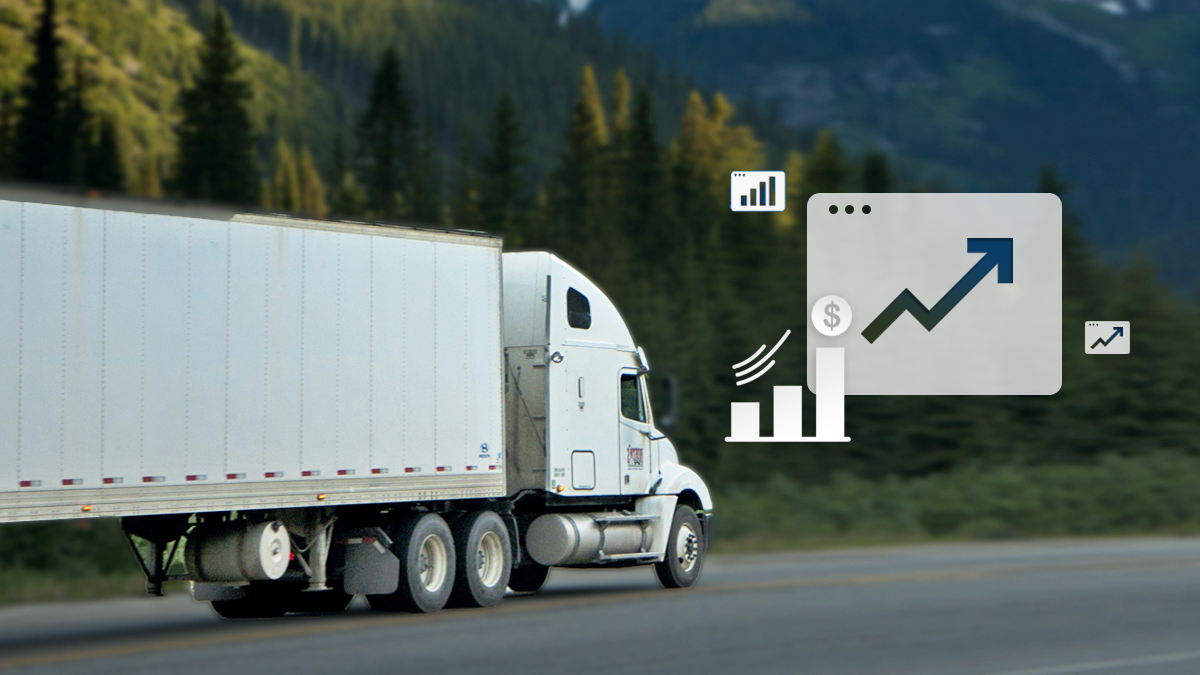How to manage fleet costs with the upcoming inflation in 2022
August 10, 2022
Inflation is hitting industries worldwide, and it’s only the beginning. From rising vehicle ownership costs to maintenance costs, to fuel prices and even driver salaries, fleet managers now have to find ways to navigate these costs in the unforeseen future.
The good news is that with the right fleet management strategy, you can still minimise fleet spending and gain profits. This is seen in 2021, where although inflation was about to reach its peak in the third quarter of the year, many businesses in the freight sector managed to maintain and grow their ROI.
Looking to fight against inflation costs and boost your bottom line? Here are strategies for easing the sting of inflation in 2022.
Tips on dealing with fleet costs during inflation in 2022
1. Lower driver hiring costs
The typical worker will see a wage increase of 5% in 2022, claims CNBC. Given that their weekly wages have been rising 4–5 times faster than the historical norm, truck drivers’ salaries will likely see even greater increments.
This has led to numerous fleets considering the hire of younger, less experienced drivers. However, compared to more highly paid industry veterans, these drivers require more intense training and supervision.
What’s the real fix? Fleets can integrate voice assistant-based AI to monitor and correct drivers. These AI fleet management systems will alert drivers when they spot indicators of risky driving, such as speeding and abrupt acceleration.
2. Prevent vehicle theft
Vehicles are getting more expensive, and fleet managers might not be able to get a replacement fast enough to avoid downtime.
Driver identification tools such as driver ID car accessories or facial recognition are useful for preventing theft from happening. These tools will stop drivers from starting their vehicles unless they have passed user verification via a passcode or facial verification. Fleet managers can also receive alerts whenever a vehicle has been mobilised and track where the driver is headed to if the timing is suspicious.
Car dash cam is another automotive accessory that is good for strengthening your fleet’s security. It will be able to capture video proof for use in investigations in the event of vehicle tampering and theft.
3. Reduce the price of insurance
Look for insurance that is appropriate for your operations. To cut insurance costs, it’s critical to ensure that your team drives safely. Road accidents can be decreased with regular training and communication of clear expectations to your drivers.
Keeping an eye on driver behaviour is a proactive technique to know how your drivers are faring. Attention should be paid to actions like speeding and abrupt braking because this will aid in fuel reduction and accident prevention.
Having video proof for accidents when doing insurance claims is crucial for cases where your driver is not at fault. This proof may also be able to prevent your insurance premiums from increasing. If you can provide evidence of safe driving records, vehicle maintenance histories, and inspection findings, an insurance provider will probably offer you a reduced fleet insurance cost.
4. Reduce fuel use
Providing the precise location of company vehicles can prevent vehicle misuse as well as unwarranted fuel usage.
Using GPS fleet tracking software, fleet managers will be able to keep an eye on the travel patterns and routes of their drivers on top of fuel consumption. In doing so, your company’s profit can be greatly enhanced by reducing the amount of money you spend on fuel each year.
Route optimisation can also help to minimise fuel usage. Fleet managers can decrease the number of trips needed, avoid congested roads and find faster routes with the help of fleet management technology.
5. Minimise fleet maintenance
As if fuel prices are not already on the high side, fleet owners now have to deal with rising vehicle prices when buying or leasing new vehicles. And in the next decade, fleet owners will have to start transitioning their diesel operated vehicles to EVs, which is another set of costs. But even if replacing your fleet is unavoidable when the time comes, what you can do now is maximise the lifespan of your current operating fleet by ensuring proper fleet maintenance.
No matter what type of vehicle you are running, fleet breakdowns will lead to a loss in operational uptime, on top of costly vehicle repairs and even pose a danger to drivers. However, with regular vehicle upkeep, fleet managers can prevent vehicle breakdowns and lengthen the lifespan of their fleet.
In addition, fleet managers can identify suspicious behaviour that puts heavy vehicles in danger of damage by monitoring driver safety and vehicle location.
Final Words
Inflation is a tough issue to deal with, but with proper fleet planning and management, it is possible to minimise the impact on your business. Amidst soaring vehicle acquisition costs, maintenance costs and fuel prices, instead of looking at what they cannot control, fleet managers should instead focus on monitoring and reducing fleet costs in other areas.
By investing in fuel-efficient vehicles, maximising vehicle lifespans, reducing fuel consumption, and using real-time data to optimise routes, fleet managers can more or less keep costs under control.
We hope that these tips are helpful for managing your fleet costs. As an innovator of smart fleet management solutions aimed at optimising fleet productivity and reducing operating costs, let us know if our team can help you in any way.

